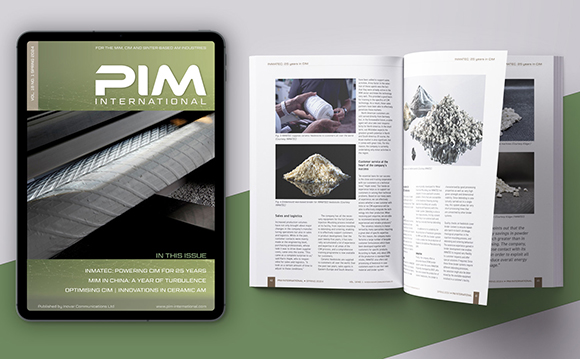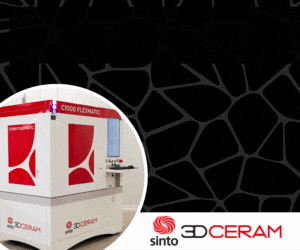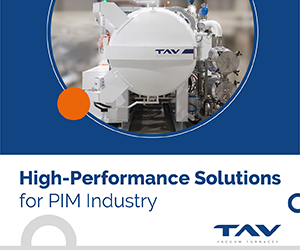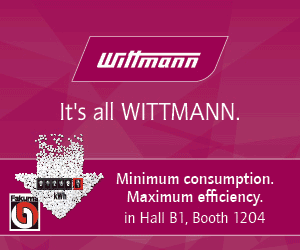GKN Sinter Metals identifies market for Metal Injection Moulding in high-precision sensor systems
May 9, 2018

GKN Sinter Metals has identified a new market for Metal Injection Moulding in the production of high-pressure sensor systems. In an article published on the GKN Sinter Metals blog, Christoph Adler, the company’s MIM Sales Manager, introduced what is said to be the first MIM pressure-temperature sensor and explained the technology’s suitability for this application.
As the automotive market’s demands on sensor system efficiency rapidly increase, individual sensors are becoming smaller, more complex and difficult to produce using conventional manufacturing methods. The MIM process provides manufacturing flexibility for more sophisticated sensor housings and components by delivering three-dimensional shape capability combined with the performance of alloy steels, stainless steels and high-temperature alloys.
This means that MIM can help solve some of the product challenges of modern sensor systems. The first MIM sensor system component produced by GKN Sinter Metals is a micro-precision threaded fitting with an exceptionally intricate design, weighing just 15 g. This fitting is part of a pressure-temperature sensor; a sensor housing made of stainless steel which records temperature and pressure data.
This component is fixed directly to the measurement point by its thread, and measures the temperature of coolant and exhaust gases as well as the fuel system pressure in common rail injection systems. This type of sensor is fitted in various areas of a vehicle, including the fuel supply and air conditioning system. It must be completely leak-proof and respond effectively in very small spaces.
MIM was selected by GKN Sinter Metals and the customer after assessing the criteria necessary for the fitting’s design: an extremely thin wall thickness and an intricate design with narrow drill holes. A specific solution was developed by carrying out simulations and assessments of filling behaviour to produce an optimised design.
It was found that to produce the optimised design using conventional manufacturing processes would have made it very difficult to produce in a single part, resulting in a work-intensive assembly process for multiple parts after manufacturing. GKN Sinter Metals stated that to manufacture the part by conventional methods would also have been highly expensive and time-consuming, and resulted in a lower surface quality and reduced precision compared to MIM.
MIM was found to be “the ideal solution” for the production of this fitting, stated Adler. The resulting surfaces met the design requirements and could be mapped by the forming die, while efficient tool maintenance guaranteed an accurate contour and sufficient part quality.
The final MIM product has a housing wall of only 0.4 mm between the medium to be measured (in this case coolant) and the sensor, guaranteeing optimum responsiveness. The thinner the wall between the medium and the sensor, the more accurately results will be measured.
Adler added that, while the first such MIM sensor component produced was for the automotive market, MIM could challenge sensor systems in other areas, such as for industrial applications, especially where stainless steel is used. In addition, he stated that he sees a future for MIM sensor components in the food and chemical industries.
“Sensor housings and components made of stainless steel are sterile and have high resistance to chemicals and other aggressive media,” he explained. “The stainless steel alloys we use are unaffected by these aggressive environments. Because of this, I see great future potential for new sensor applications in MIM in the food and chemical industries.”
Concluding, he stated that MIM is suitable wherever high demands are made on sensors, such as where they are exposed to high temperatures, long-term mechanical resistance, aggressive media and germs, and where superior material properties are required.

















